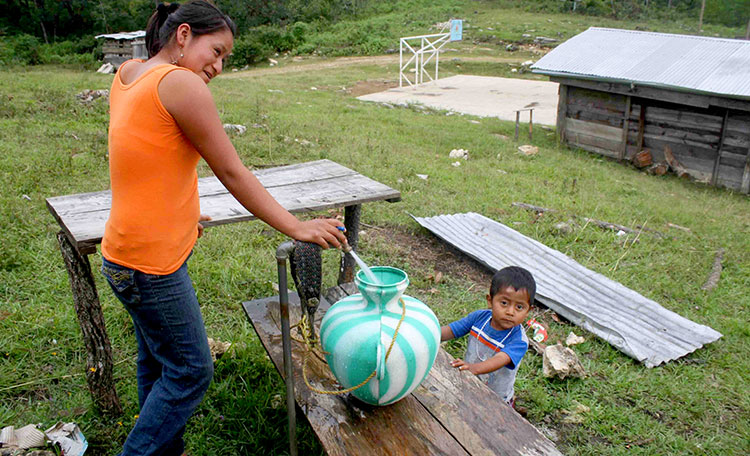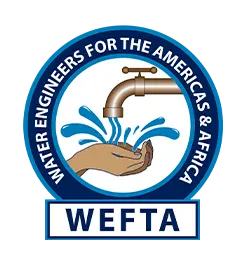
Water & Health
The United Nation’s (UN’s) 2030 Agenda for Sustainable Development includes a set of 17 strategic goals for improving life on earth from the social, environmental, and economic perspectives. Sustainable Development Goal (“SDG”) #6 includes a target of universal access to safely managed drinking water.
Based on data from the 2022 Sustainable Development Goals Report, 2 billion people lacked safely managed drinking water in 2020.
A safely managed drinking water source is defined as one located on site, available when needed, and free from contamination.
Lack of access to safe clean drinking water has a serious impact on the quality of life of many people in Latin America and Africa, with women and children being the most adversely affected. This impact is reflected in health issues, mortality, economic development, and low rates of attendance in schools.
In rural, often indigenous, communities without safe drinking water, WEFTA volunteers work with community members to design, build, improve, and manage systems that bring safe and reliable clean water supplies not just to the homes of the community, but also local medical facilities and schools. Our projects are community-based, self-help projects that require local participation, encouraging empowerment and ownership of the systems. These efforts represent important steps forward to achieving SDG #6.

The goal of WEFTA volunteers is to improve living conditions by either developing safe water systems or improving existing ones thereby decreasing the spread of waterborne disease. Easy access to a safe and reliable water system also lessens the burden of transporting water, a job that literally falls mostly on the heads and shoulders of the women and girls of the community. This takes time away from school and potential work/economic opportunities.
WEFTA only works where we are invited to do so, and all of our work is done by volunteers. Some of the solutions implemented consist of:
- Installing manual handpump systems,
- Constructing both shallow and deep-water wells and pipelines, spring-fed water catchment and distribution systems, water tanks, and hand dug wells.
- System repairs and upgrades to community water tanks and distribution lines and spring protection (These are sometimes the only improvements needed in a community.)
Often our projects are in response to diminished or compromised water supplies due to climate change or adverse environmental impacts resulting from inadequately mitigated activities such as mining, waste disposal, and various industries.
17.4 minutes is the average time households spend to reach a water source (often of questionable quality), collect water, and carry it back home.
81% of water collection trips take place on foot on average 4.19 times per day.
Responsibility for fetching water falls primarily on women (63%) and young girls (15%)
presenting obstacles to participation in schools, workplaces, and other social spaces.
